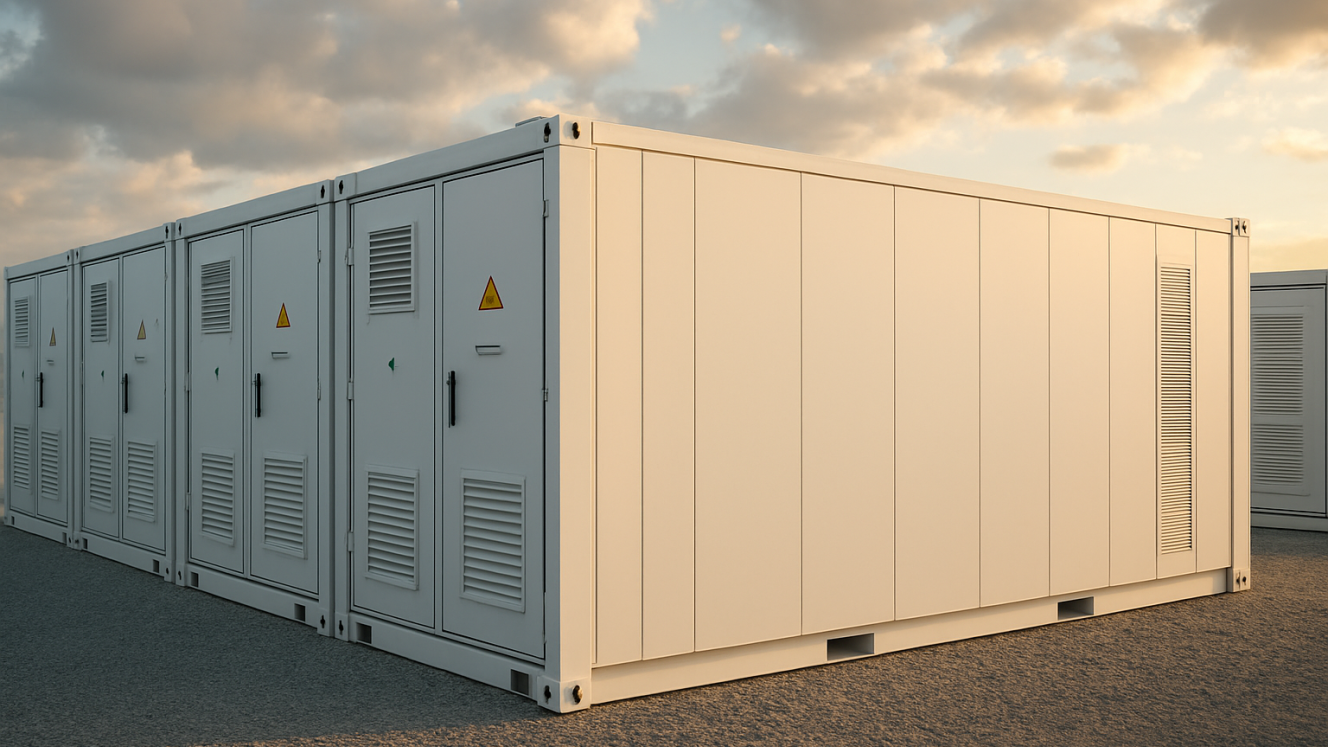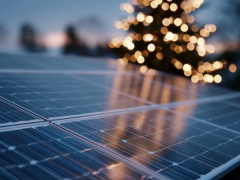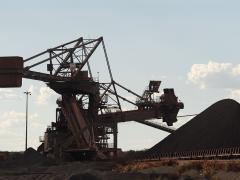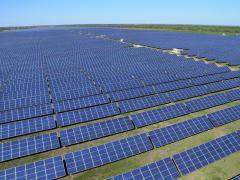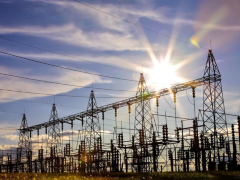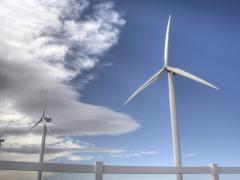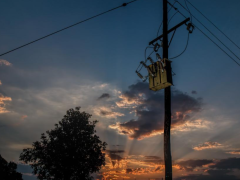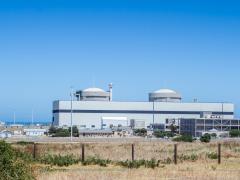As government moves to extend discounted electricity pricing to additional energy-intensive industries, stakeholders are calling for greater transparency and economic justification for Eskom’s long-term supply agreements with large industrial users, says Chris Yelland, MD of EE Business Intelligence.
South Africa’s electricity market is again under scrutiny following renewed debate around Eskom’s negotiated pricing agreements (NPAs) with smelters such as South32’s Hillside Aluminium plant in Richards Bay. These long-term contracts offer deeply discounted tariffs to select industrial users – in some cases amounting to billions in foregone revenue annually.
The latest discussions were prompted by a public briefing note issued by energy advisory firm Meridian Economics, which questions whether Eskom’s NPA with Hillside remains justifiable in a changing power market. Meridian estimates that the discount under the Hillside NPA – approved by the National Energy Regulator of South Africa (NERSA) in 2021 – amounts to approximately R10 billion per year relative to Eskom’s standard Megaflex tariff with an effective discount of around 50%.
Hillside consumes roughly 10.3 TWh per year or about 5,6% of Eskom’s total electricity sales.
Demand-side flexibility versus alternative solutions
Eskom has argued that Hillside offers grid stability benefits as its operations can be curtailed to reduce demand during supply constraints. This interruptibility has been presented as a strategic asset in managing national load.
However, Meridian’s modelling suggests that a similar level of demand-side flexibility could be achieved through the procurement of 1 200 MW of battery energy storage – at an annual cost estimated below R3 billion. The firm’s analysis proposes that battery storage could replicate Hillside’s system value at a lower cost, raising questions about the opportunity cost of the existing NPA.
Jobs, beneficiation and competing uses
Supporters of the agreement, including government, highlight its role in safeguarding employment and downstream beneficiation. Hillside directly employs around 1 800 people and contributes approximately 27% of its aluminium production to the domestic market.
Yet critics argue that the electricity supplied under NPAs could potentially support a broader range of economic activity if reallocated, including to small businesses or manufacturing sectors with higher employment multipliers per megawatt consumed.
Speaking in support of preferential pricing, Electricity and Energy Minister Kgosientsho Ramokgopa recently reaffirmed Cabinet’s commitment to preserving the competitiveness of ferrochrome and alloy producers through new NPAs. This follows Cabinet’s June 2025 approval of a framework to extend discounted electricity tariffs to additional smelters.
The approval process for the Hillside NPA has also been questioned. Observers have pointed to a lack of publicly available economic modelling during NERSA’s decision-making process and the absence of direct comparisons to alternative solutions like battery storage.
The full terms of the Hillside agreement only entered the public domain following a protracted access-to-information process led by civil society organisation Open Secrets.
In its June 2025 note, Meridian also flagged complexities in the pricing structure, including potential embedded financial instruments tied to aluminium price fluctuations. NERSA has not formally responded to these claims and it remains unclear whether a full cost-benefit assessment was conducted at the time of approval.
Toward transparency and reform
While cross-subsidisation remains a recognised tool in regulated electricity markets, stakeholders have called for clear criteria, public consultation and cost-benefit transparency when entering into preferential pricing deals.
It has been argued that electricity planning must align with broader reform goals. It is essential that large-scale pricing agreements are subjected to the same scrutiny as any other public subsidy – through proper modelling, hearings and disclosure.
As Eskom continues to face operational and financial strain, and electricity prices rise across all customer segments, debate over NPAs is expected to intensify.
NERSA has not issued a formal update on the Hillside NPA since its approval in 2021. Stakeholders are now urging the regulator, Eskom, and the Department of Mineral Resources and Energy to provide clarity on the economic rationale for future agreements and their alignment with South Africa’s electricity market reform agenda.

